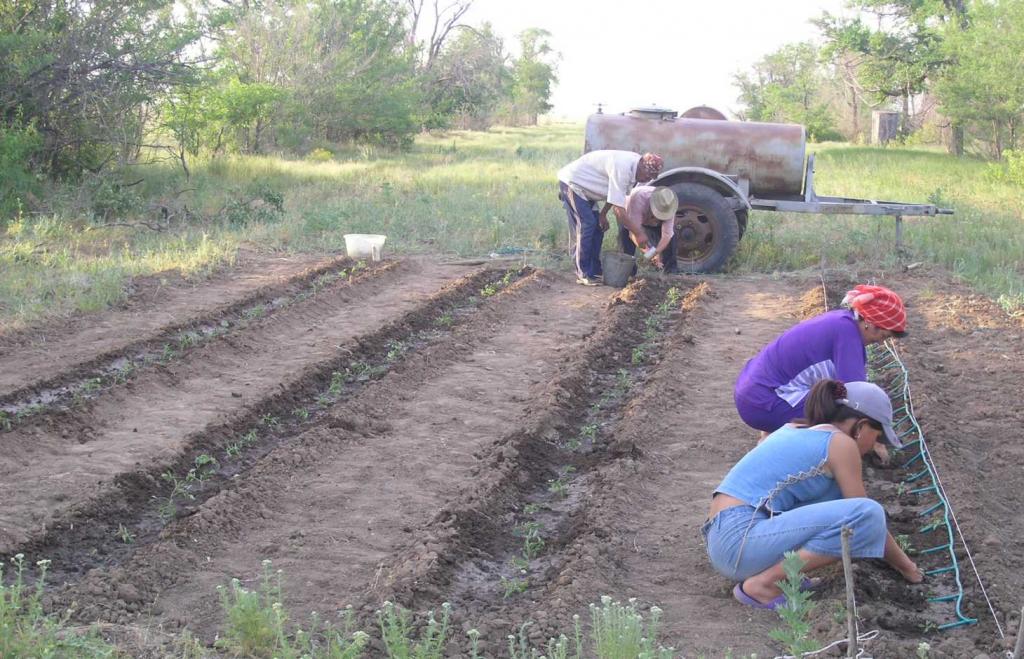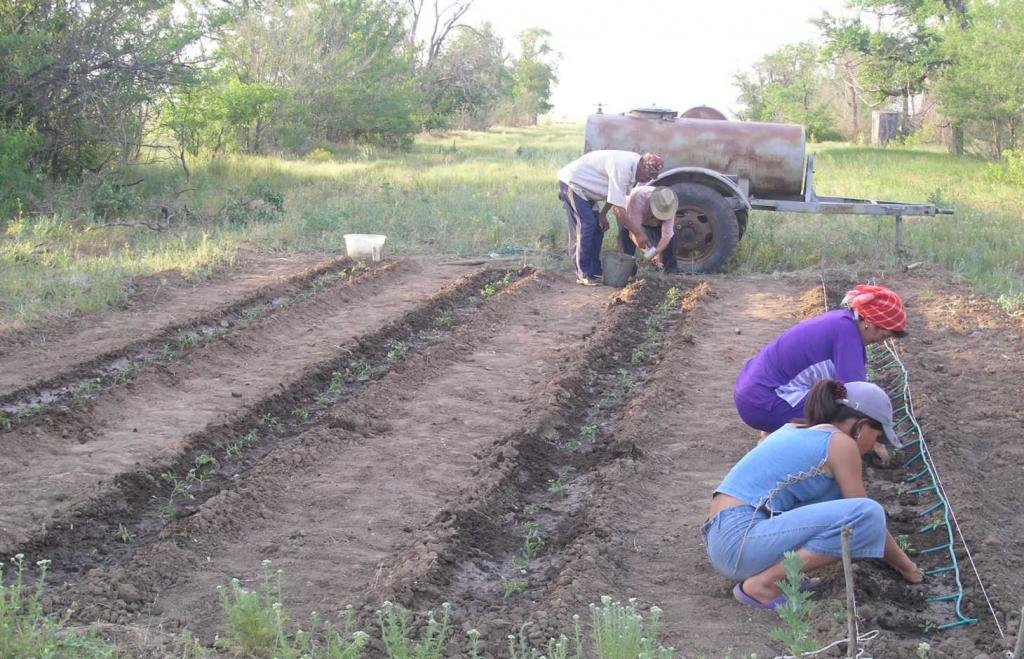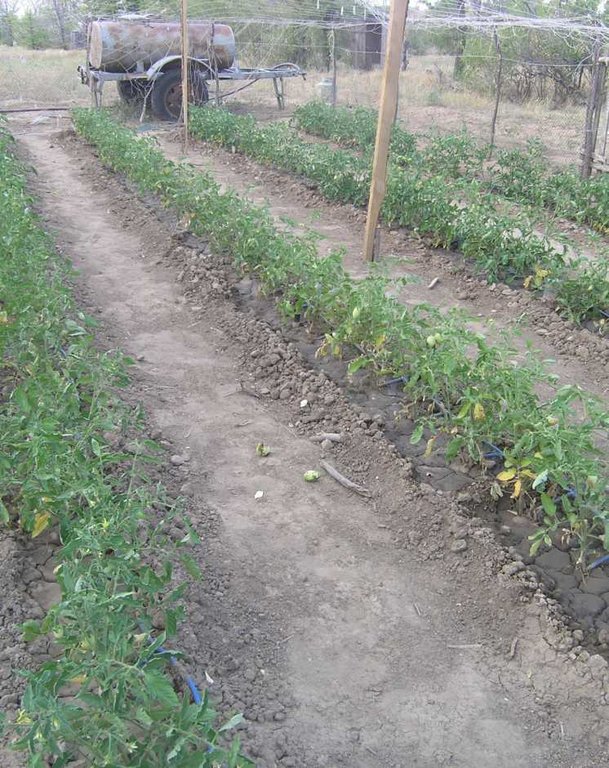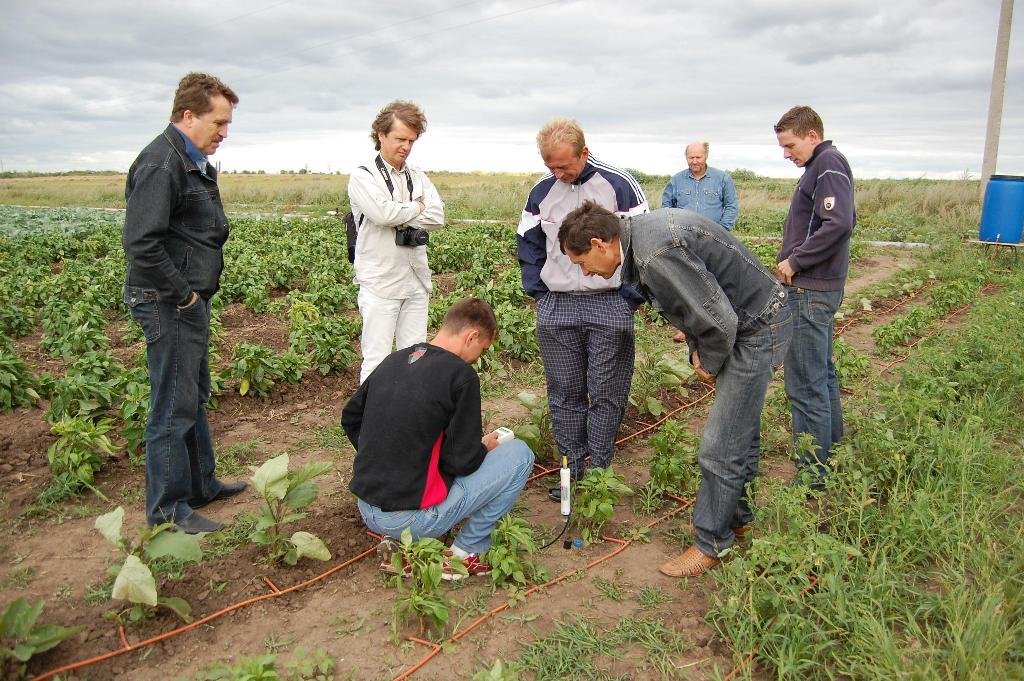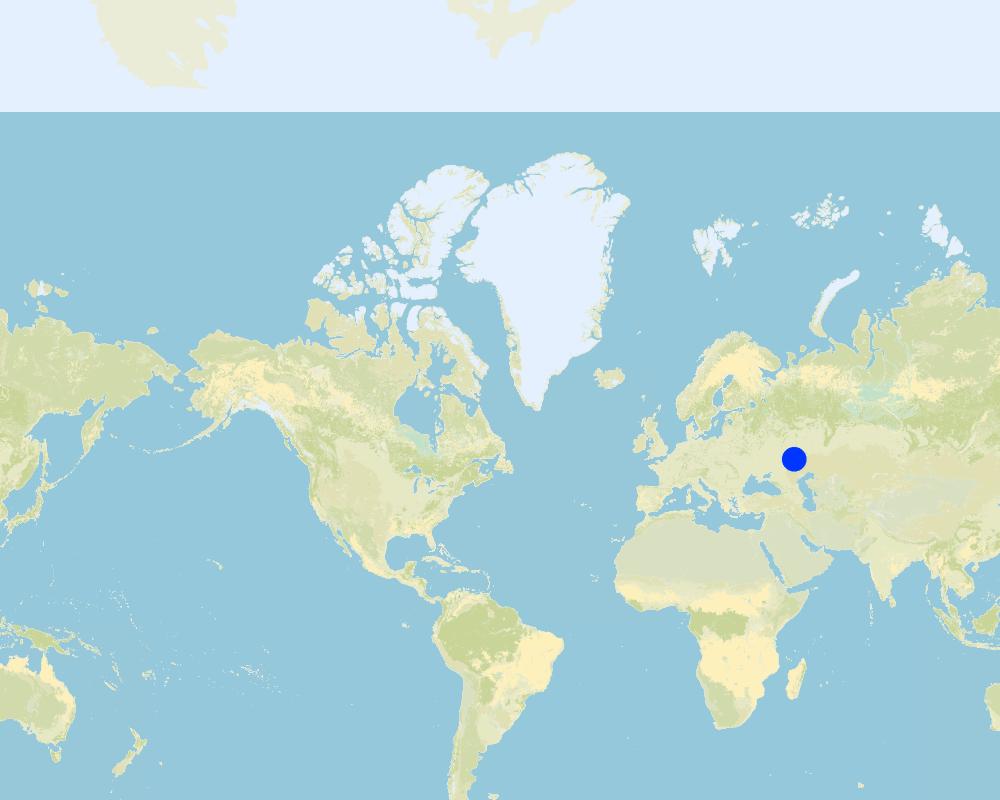Concerted thinking on common problems of water scarcity [ОХУ]
- Шинийг нээх:
- Шинэчлэх:
- Эмхэтгэгч: Anatoly Zeyliger
- Хянан тохиолдуулагч: –
- Хянагч: David Streiff
Жить рядом – думать об общей воде (Russian)
approaches_2426 - ОХУ
Бүлгүүдийг үзэх
Бүгдийг дэлгэх Бүгдийг хаах1. Ерөнхий мэдээлэл
1.2 Арга барилыг баримтжуулах болон үнэлгээ хийхэд оролцсон хүн эсвэл байгууллагын холбоо барих хаяг
Арга барилыг баримтжуулах/үнэлэх ажилд дэмжлэг үзүүлсэн төслийн нэр (шаардлагатай бол)
DESIRE (EU-DES!RE)Арга барилыг баримтжуулах/үнэлэх ажилд дэмжлэг үзүүлсэн байгууллага(ууд)-ын нэр (шаардлагатай бол)
Moscow State University of Environmental Engineeri (Moscow State University of Environmental Engineeri) - ОХУ1.3 WOCAT-аар баримтжуулсан өгөгдлийг ашиглахтай холбоотой нөхцөл
Мэдээллийг хэзээ (газар дээр нь) цуглуулсан бэ?
27/02/2009
Эмхэтгэгч болон гол мэдээлэгч хүн(хүмүүс) WOCAT аргачлалаар баримтжуулсан мэдээллийг ашиглахтай холбоотой нөхцлийг хүлээн зөвшөөрсөн:
Тийм
1.4 ГТМ-ийн технологийн асуулгын(д) суурь мэдээлэл(д)
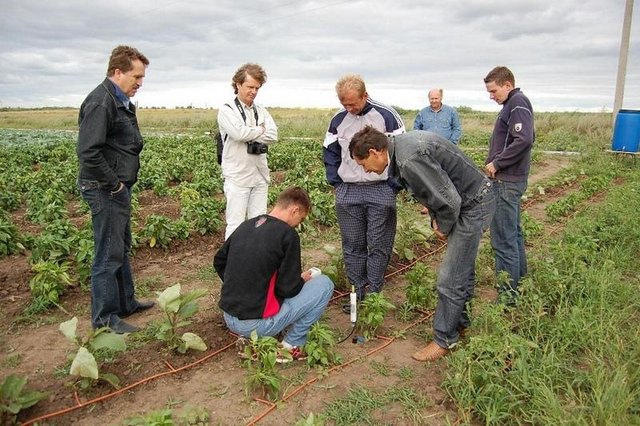
Drip irrigation [ОХУ]
Drip irrigation systems gradually apply water into the zone around the stem of the irrigated plant.
- Эмхэтгэгч: Anatoly Zeyliger
2. ГТМ Арга барилын тодорхойлолт
2.1 Арга барилын товч тодорхойлолт
Testing and disseminating of a water-saving technology like drip irrigation
2.2 Арга барилын дэлгэрэнгүй тодорхойлолт
Арга барилын дэлгэрэнгүй тодорхойлолт:
Aims / objectives: The objective of the Rural Development Programme (RDP) is to assist farmers who have to deal with difficult environmental conditions (drought, steep slopes) in applying sustainable farming practices either at the implementation phase or for maintenance. The programme is carried out to: 1) improve the socio-economic conditions of rural areas; 2) prevent land abandonment, and 3) prevent on-site and off-site damage caused by land degradation and erosion. To achieve these objectives, the RDP identifies different lines of action: 1) compensation for difficult natural conditions; 2) combating erosion; 3) reducing farming intensity; and 4) promoting eco-friendly agricultural practices.
Methods: The main method used in RDP is to provide farming subsidies for farming practices following a cross-compliance principle. Each line of action implies a combination of conservation measures that are subsidised, but only when applied in combination. Hence, single conservation measures outside of these lines of action are not subsidised.
Stages of implementation: Two years of testing with following phase of result dissemination.
Role of stakeholders: The level of subsidy is based on estimated implementation and maintenance costs and possible loss of productivity caused by the conservation measures. These values were obtained after consultation with various stakeholder groups including farmer organisations with agricultural cooperatives. However, because of limited resources, not all farmers will receive subsidies for conservation measures. Priority is given to: 1) farmers who have 50% of their land within the Nature 2000 network, a European-wide network of protected areas for the preservation of habitats and threatened species; 2) farmers with >50% of their land in unfavourable zones; and 3) farmers who did not receive subsidy in previous RDPs.
Other important information: Furthermore, areas with slopes of more than 20% are not subsidised in this programme since it is recommended that no agriculture should take place. Instead, reforestation of these areas is subsidised. RDPs are developed for a period of seven years. At the end of this period, a new RDP is defined and priorities and levels of subsidies may be changed. The present RDP is valid for the period 2007-2013
2.3 Арга барилын зурагууд
2.5 Арга барил нэвтрүүлсэн улс орон / бүс нутаг / байршил
Улс:
ОХУ
Улс/аймаг/сум:
Russia
Байршлын дэлгэрэнгүй тодорхойлолт:
Pallasovsky district, Volgograd region
Map
×2.6 Арга барилыг эхлэх, дуусах огноо
Эхлэх жилийг тэмдэглэ:
2002
Хугацаа дуусах жил (Хэрэв арга барил удаанаар ашиглаагүй бол):
2011
2.7 Арга барилын төрөл
- төсөл / хөтөлбөр дээр үндэслэсэн
2.8 Арга барилын үндсэн зорилго, зорилтууд
The Approach focused on SLM only
To consider the common problems of water scarcity at villages remote from water sources. To provide the best examples of water usage and initiate implementation of water-saving technologies.
The SLM Approach addressed the following problems: The main problem to be addressed by this approach is the conflicts over the common use of water supplied to the villages. In this dry area, water is scarce and has to be brought from remote rivers, lakes and artificial water storage facilities through irrigation channels. In the dry season, when water demand exceeds availability, there is a pivotal problem of poor water availability for all villagers. During the most difficult period, water even has to be transported to the villagers’ houses by car.
2.9 Арга барилын хүрээнд хэрэгжсэн Технологи/Технологиудад дэмжсэн эсвэл саад учруулсан нөхцлүүд
нийгэм / соёл / шашны хэм хэмжээ, үнэт зүйлс
- Хазаарлалт
People do not know much about water-saving technologies. Whatever they learn about it, they are convinced that it is very complicated or too costly.
Treatment through the SLM Approach: Organization of training seminars, sharing ideas between farmers
Хууль, эрхзүйн хүрээ (газар эзэмшил, газар, ус ашиглах эрх)
- Хазаарлалт
The existing land ownership, land use rights / water rights moderately hindered the approach implementation
3. Оролцогч талуудын оролцоо ба үүргүүд
3.1 Арга барилд оролцогч талууд болон тэдгээрийн үүргүүд
- Орон нутгийн газар ашиглагч / орон нутгийн иргэд
Testing of drip irrigation on their subsidiary plots, participation in monitoring activities, training and dissemination.
Owing to simple installation and control of drip irrigation, it is promising that disadvantaged people grow vegetables and fruits for their own consumption in order to improve their income and to save water for domestic use.
- олон нийтэд түшиглэсэн байгууллагууд
Collective farmers are involved in approach for future implementation of it at vegetable plantation
- ГТМ-ийн мэргэжилтэн/ хөдөө аж ахуйн зөвлөх
Agronomists as well as reseachers were involved in this approach by development scheme of applications, advising people.
- Засгийн газар (шийдвэр гаргагч, төлөвлөгч)
Administration of the region was informed about DESIRE project activities. It supports the activities by giving advice, introduction to useful people.
3.2 Арга барилын янз бүрийн үе шатанд орон нутгийн газар ашиглагчид / бүлэглэлүүдийг татан оролцуулах
| Орон нутгийн газар ашиглагч / орон нутгийн иргэдийн оролцоо | Хэн оролцсоныг тодорхойлж, үйл ажиллагааг тайлбарлана уу | |
|---|---|---|
| санаачлага/идэвхжүүлэлт | интерактив | SLM specialists - introducing the technology to people Planners - introducing the technology to people ready for testing it |
| Төлөвлөгөө | интерактив | SLM specialists - planning of test implementation Land users - agreement to test the technology |
| Хэрэгжилт | Гадаад дэмжлэг | SLM specialists – implementation of schemes development Land users – preparation of experimental plots |
| Мониторинг/ үнэлгээ | Гадаад дэмжлэг | Land users - simple monitoring of drip irrigation system performance |
| Research | Гадаад дэмжлэг | Land users – reporting of water used for irrigation, workload and harvested yield |
3.4 ГТМ-ийн технологи/технологиуд сонгох шийдвэр
Хэрэгжүүлэх Технологи/Технологиудын сонголтыг хийж шийдвэр гаргасан хүнийг тодорхойлно уу:
- голдуу ГТМ-ийн мэргэжилтнүүд, газар ашиглагчидтай зөвлөлдсөний үндсэн дээр
Тайлбар:
Within the DESIRE project field trip several meetings with stakeholders were performed. Different variant were discussed. Local land users mentioned the technology of drip irigation and ask help of expert in implementation and training.
Decisions on the method of implementing the SLM Technology were made by mainly by land users supported by SLM specialists. Method was chosen as it is saving water resources and labour time, is suitable for the local conditions and not complicated to implement.
4. Техникийн дэмжлэг, чадавхи бүрдүүлэх, мэдлэгийн менежмент
4.1 Чадавхи бэхжүүлэх/сургалт
Газар эзэмшигчид / бусад оролцогч талуудад сургалт явуулсан уу?
Тийм
Хэн сургалтанд хамрагдсан бэ:
- Газар ашиглагчид
Сургалтын хэлбэр:
- үзүүлэнгийн талбай
- Олон нийтийн уулзалт
Хамрагдсан сэвдүүд:
drip irrigation technology, knowledge about varying quantities for plants during the growing season according to the hydrological cycle, etc.
4.2 Зөвлөх үйлчилгээ
Газар ашиглагчдад зөвлөх үйлчилгээ авах боломжтой байдаг уу?
Тийм
Зөвлөх үйлчилгээ үзүүлсэн эсэхийг тогтоо:
- Газар ашиглагчийн талбай дээр
Тодорхойлолт / тайлбар:
Name of method used for advisory service: Drip irrigation technology; Key elements: Water cycle: elaborated and explained to stakeholders during an initial stakeholder workshop as well as during field visits, Water-saving technologies: explained to stakeholders during stakeholder workshops. They were based on conceptual approaches and data gathered during field monitoring
Advisory service is quite adequate to ensure the continuation of land conservation activities; The government cannot provide special services in order to ensure its continuation; however, farmer-to-farmer dissemination is working.
4.3 Институцийг бэхжүүлэх (байгууллагын хөгжил)
Арга барилаар дамжуулан институц байгуулагдаж эсвэл бэхжсэн үү?
- Тийм, дунд зэрэг
Байгууллагууд бэхжиж, үүсэн бий болсон түвшин(үүд)-г тодорхойлно уу:
- Орон нутгийн
Дэмжлэгийн төрлийг ялга:
- чадавхи бэхжүүлэх / сургалт
Дэлгэрэнгүй мэдээллийг өгнө үү:
The local administration organized some demonstration and training activities for local users.
4.4 Мониторинг ба үнэлгээ
Мониторинг болон үнэлгээ нь арга барилын хэсэг үү?
Тийм
Тайлбар:
Bio-physical aspects were ad hoc monitored by government through measurements; indicators: through farm visits and sampling of soils for chemical parameters (for example to control for ecological farming practices)
Technical aspects were ad hoc monitored by land users through observations; indicators: Comparison of water consumption using drip irrigation and furrow irrigation. The very high water efficiency as well as the minimal rate of water used for crop growing by drip irrigation was clearly demonstrated.
Economic / production aspects were monitored through measurements; indicators: by comparing production between years
There were no changes in the Approach as a result of monitoring and evaluation
There were several changes in the Technology as a result of monitoring and evaluation: Some changes were made as a result of bio-physical monitoring of plant development according to water quantities, fertilizer application, etc.
4.5 Судалгаа
Судалгаа арга барилын хэсэг нь байсан уу?
Тийм
Сэдвийг тодруулна уу:
- Технологи
Дэлгэрэнгүй мэдээллийг өгч, хэн судалгаа явуулсныг бичнэ үү:
The implementation of drip irrigation technology under local conditions was performed by a team from the Moscow State University of Environmental Engineering under the framework of the EU-DESIRE project.
Research was carried out both on station and on-farm
5. Санхүүгийн болон гадаад материаллаг дэмжлэг
5.1 ГТМ-ийн Арга барилын бүрэлдэхүүн хэсгийн жилийн төсөв
Хэрэв жилийн төсөв тодорхойгүй бол хягаарыг тодруулна уу:
- 2,000-10,000
Тайлбар (жнь: санхүүжилтийн гол эх үүсвэр / гол хандивлагчид):
Approach costs were met by the following donors: international non-government (EU research project DESIRE): 100.0%
5.2 Газар ашиглагчдад санхүүгийн / материаллаг дэмжлэг үзүүлсэн
Технологи / технологийг хэрэгжүүлэхэд газар ашиглагчид санхүүгийн / материаллаг дэмжлэг авсан уу?
Тийм
Хэрэв тийм бол дэмжлэгийн төрөл(үүд), нөхцөл, болон нийлүүлэгч(чид) бичнэ үү:
Agricultural activities are subsidised by government
5.3 Тодорхой зардлыг даахад чиглэсэн дэмжлэгт (хөдөлмөрийн хүчийг оролцуулаад)
- Тоног төхөөрөмж
| Ямар хөрөнгө оруулалт татаасаар олгогдсоныг заана уу | Ямар талбайн хэмжээнд | Тэтгэмж, урамшууллыг тодорхойлно уу |
|---|---|---|
| машин төхөөрөмж | Бүрэн санхүүждэг | |
| Багажууд | Бүрэн санхүүждэг | |
Хэрэв газар ашиглагчийн хөдөлмөрийн хүч чухал байсан бол энэ нь аль хэлбэр байсан:
- бусад материаллаг дэмжлэгээр шагнагдсан
Тайлбар:
Materials (pipes for irrigation system, water tank) for the implementation of the experimental plots were supplied to land users. Some of the land users’ activities, like monitoring of soil water capacity, were paid with small amounts of cash. Other work was implemented voluntarily.
As this drip irrigation is in a testing phase, the materials for the irrigation system were financed by the project and not by the land users.
Labour was also paid in cash or sometime it was voluntarely.
5.4 Кредит
Арга барилын хүрээнд ГТМ-ийн үйл ажиллагаанд зориулж зээлд хамрагдсан уу?
Үгүй
6. Нөлөөллийн дүн шинжилгээ ба дүгнэлт
6.1 Арга барилын нөлөөллүүд
Арга барил нь ГТМ-ийн технологийг хэрэгжүүлж, хадгалахад газар ашиглагчдад тусласан уу?
- Үгүй
- Тийм, бага зэрэг
- Тийм, зарим
- Тийм, их
decreased water use
Арга барил нь эмзэг бүлгийнхнийг нийгэм, эдийн засгийн хувьд чадавхижуулсан уу?
- Үгүй
- Тийм, бага зэрэг
- Тийм, зарим
- Тийм, их
It enables people with low income to avoid having to buy vegetables in the market by growing them for their own use and for sale.
Did other land users / projects adopt the Approach?
- Үгүй
- Тийм, бага зэрэг
- Тийм, зарим
- Тийм, их
Land users share their knowledge and experience with each other. Where this occurs, drip irrigation disseminates amongst the stakeholders.
Did the Approach lead to improved livelihoods / human well-being?
- Үгүй
- Тийм, бага зэрэг
- Тийм, зарим
- Тийм, их
Possibilities to grow vegetables, to increase their income and to diversify their food.
Did the Approach help to alleviate poverty?
- Үгүй
- Тийм, бага зэрэг
- Тийм, зарим
- Тийм, их
The practice allows people to produce food on their subsidiary plots.
6.2 ГТМ-ийг хэрэгжүүлэх газар ашиглагчидын гол санаачилга
- үйлдвэрлэл нэмэгдсэн
by using this technology people can increase food production.
- well-being and livelihoods improvement
People want to save water, but also to improve their well-being
6.3 Арга барилын үйл ажиллагааны тогтвортой байдал
Газар ашиглагчид арга барилаар дамжуулан хэрэгжүүлсэн арга хэмжээг тогтвортой хадгалж чадах уу (гадны дэмжлэггүйгээр)?
- Тийм
6.4 Арга барилын тогтвортой/давуу тал/боломжууд
| Газар ашиглагчдын тодорхойлсон давуу тал/боломжууд |
|---|
| increasing the well-being of people (How to sustain/ enhance this strength: Table of land users become more rich by vegetable, some vegetables can be sold on the market) |
| Labour time saving (How to sustain/ enhance this strength: Giving people more time for others activities) |
| water saving (How to sustain/ enhance this strength: Implementation of water saving technologies) |
| Эмхэтгэгч, бусад мэдээлэл өгсөн хүмүүсийн өнцгөөс тодорхойлсон давуу тал/боломжууд |
|---|
| Increasing the well-being of people: food availability for land users becomes enriched in terms of vegetables and some vegetables can be sold on the market (How to sustain/ enhance this strength: Dissemination of these opportunities to other people) |
| Reduction of labour input (How to sustain/ enhance this strength: Giving people more time for other activities) |
| Combating land degradation (How to sustain/ enhance this strength: sharing this knowledge with other users) |
| Sharing water-saving knowledge with other users (How to sustain/ enhance this strength: Implementation of water-saving technologies and dissemination of these skills to neighbours.) |
| Concerted thinking by stakeholders on common problems of water scarcity in villages remote from water sources (How to sustain/ enhance this strength: Provide best-practice examples of water usage and initiate implementation of water-saving technologies ) |
6.5 Арга барилын дутагдалтай/сул тал/аюул болон тэдгээрийн хэрхэн даван туулах арга замууд
| Эмхэтгэгч, бусад мэдээлэл өгсөн хүмүүсийн өнцгөөс тодорхойлсон сул тал/ дутагдал/ эрсдэл | Тэдгээрийг хэрхэн даван туулах вэ? |
|---|---|
| Relatively high starting implementation costs |
7. Суурь мэдээлэл болон холбоосууд
7.1 Мэдээллийн эх үүсвэр/аргууд
- Хээрийн уулзалт, судалгаа
- Газар ашиглагчтай хийсэн ярилцлага
7.2 Холбогдох бүтээлийн ишлэл
Гарчиг, зохиогч, он, ISBN:
Zeiliguer, A., G. Sokolova, V. Semeonv, O. Ermolaeva. Results of field experimentations at 2008 to grow tomatoes under drip irrigation at Pallasovsky District of Volgograd Region. Proceeding of conference at MSUEE. 2008, p. 45-56
Холбоос ба модулууд
Бүгдийг дэлгэх Бүгдийг хаахХолбоосууд

Drip irrigation [ОХУ]
Drip irrigation systems gradually apply water into the zone around the stem of the irrigated plant.
- Эмхэтгэгч: Anatoly Zeyliger
Модулууд
Модуль байхгүй байна


